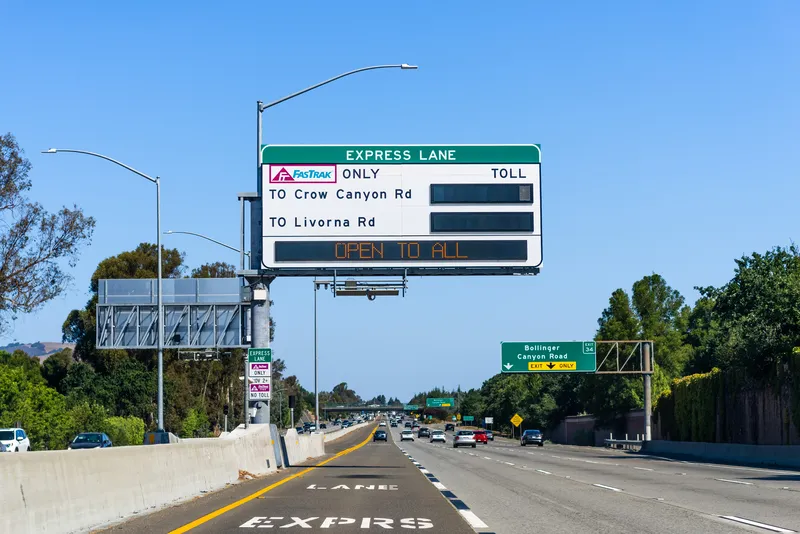Parsons Brinckerhoff is part of the winning design-build team selected by the Ohio Department of Transportation (ODOT) to provide design and construction for the new George V. Voinovich, I-90 Cleveland Inner belt Eastbound Bridge project. Led by the TGR joint venture, comprising Trumbull Corporation, the Great Lakes Construction Company, and the Ruhlin Company, Parsons Brinckerhoff is serving as the independent quality firm (IQF).
The eastbound bridge is part of a phased project that will ultimately de
February 14, 2014
Read time: 2 mins
The eastbound bridge is part of a phased project that will ultimately demolish the old I-90 viaduct bridge and replace it with eastbound and westbound twin bridges, each carrying five lanes of one-way traffic over the Cuyahoga River Valley. With the westbound bridge now complete and carrying bi-directional traffic, demolition of the old I-90 viaduct bridge has begun and the new eastbound bridge is being designed and built. As the IQF, Parsons Brinckerhoff is responsible for verifying that all work meets the requirements of the contract documents and the quality program. The firm will also facilitate continuous quality improvements.










